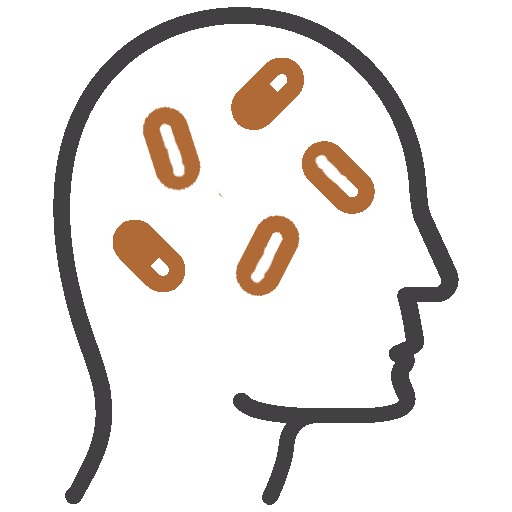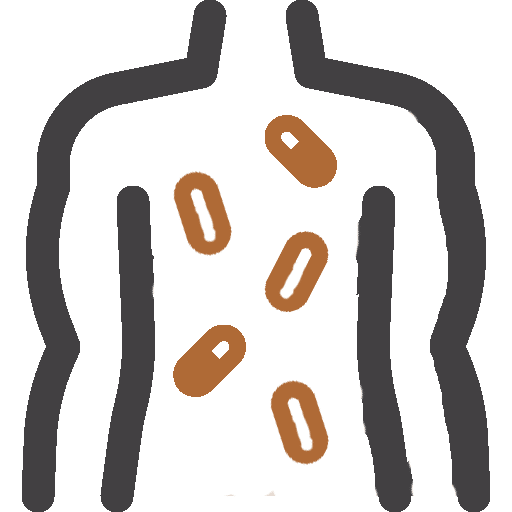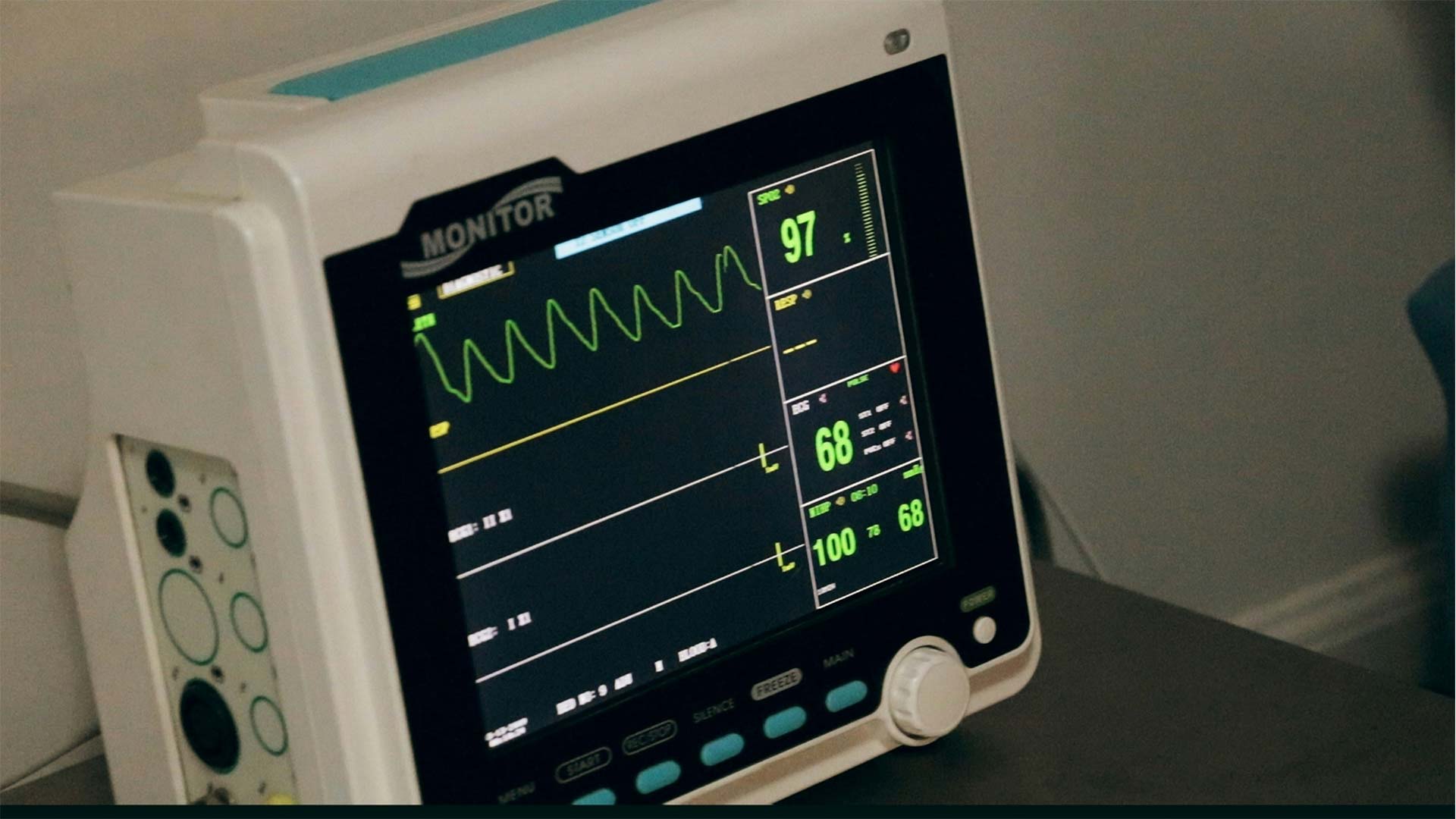In 2022, there were approximately 22,398 emergency department visits related to drug overdoses in Virginia alone, with tramadol being a notable contributor. Additionally, fentanyl and its analogs were involved in nearly 79% of drug overdose deaths in the state.
This opioid medication, originally perceived as a safer alternative due to its lower potential for abuse compared to stronger opioids, has increasingly shown addictive properties when misused beyond medical guidelines.















